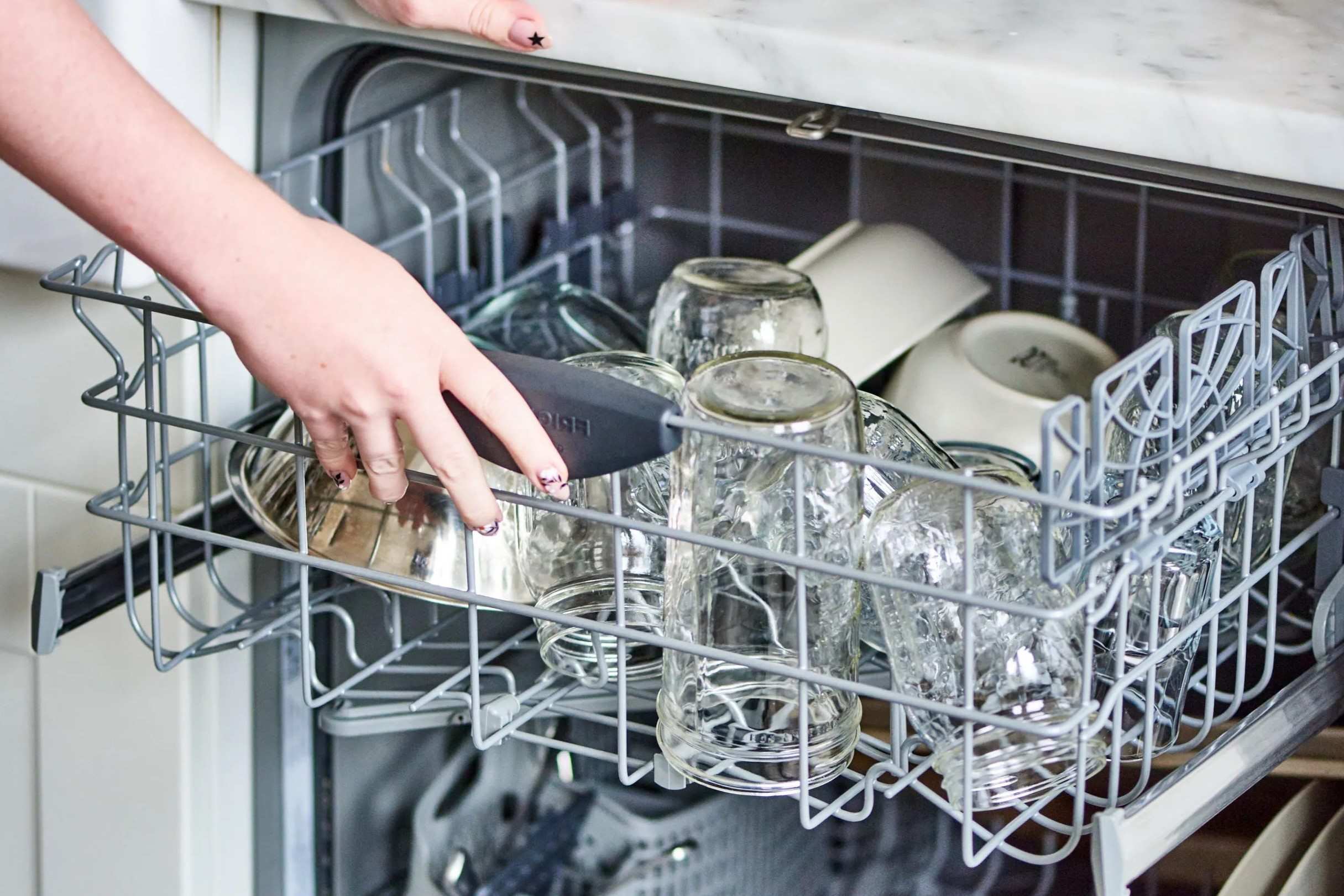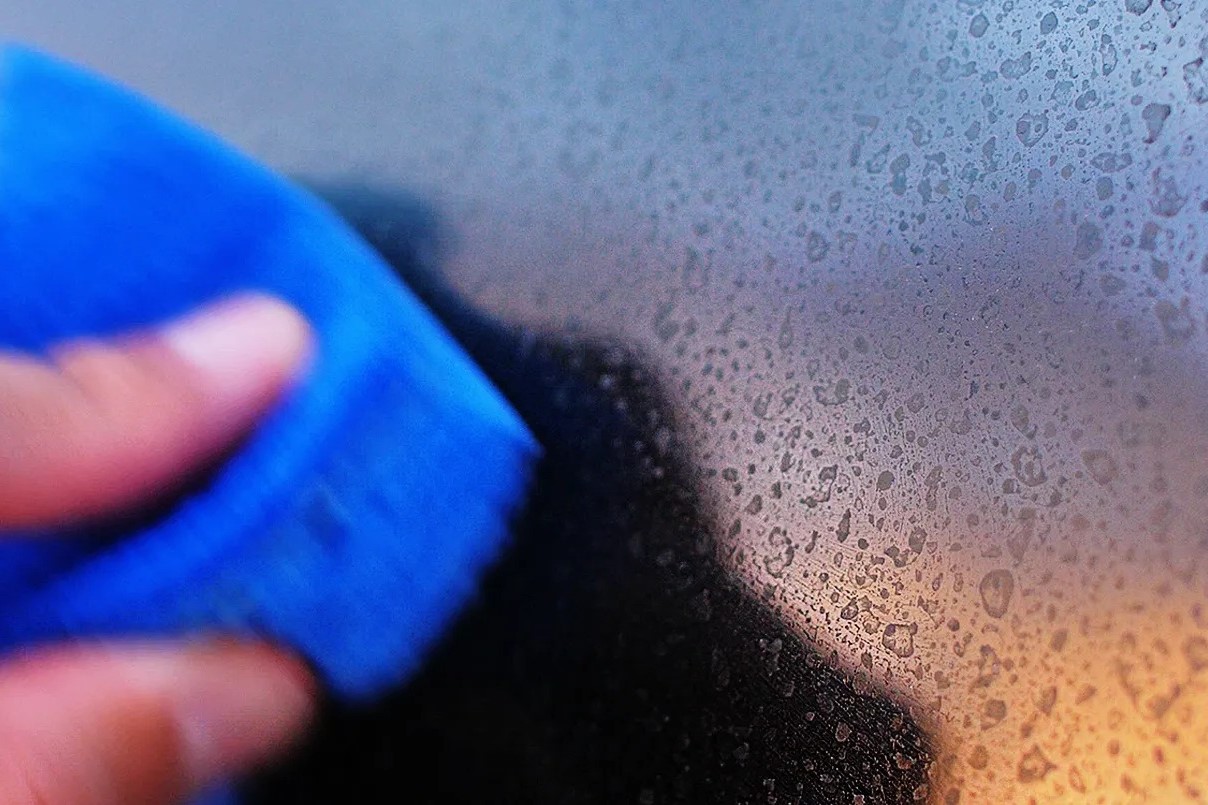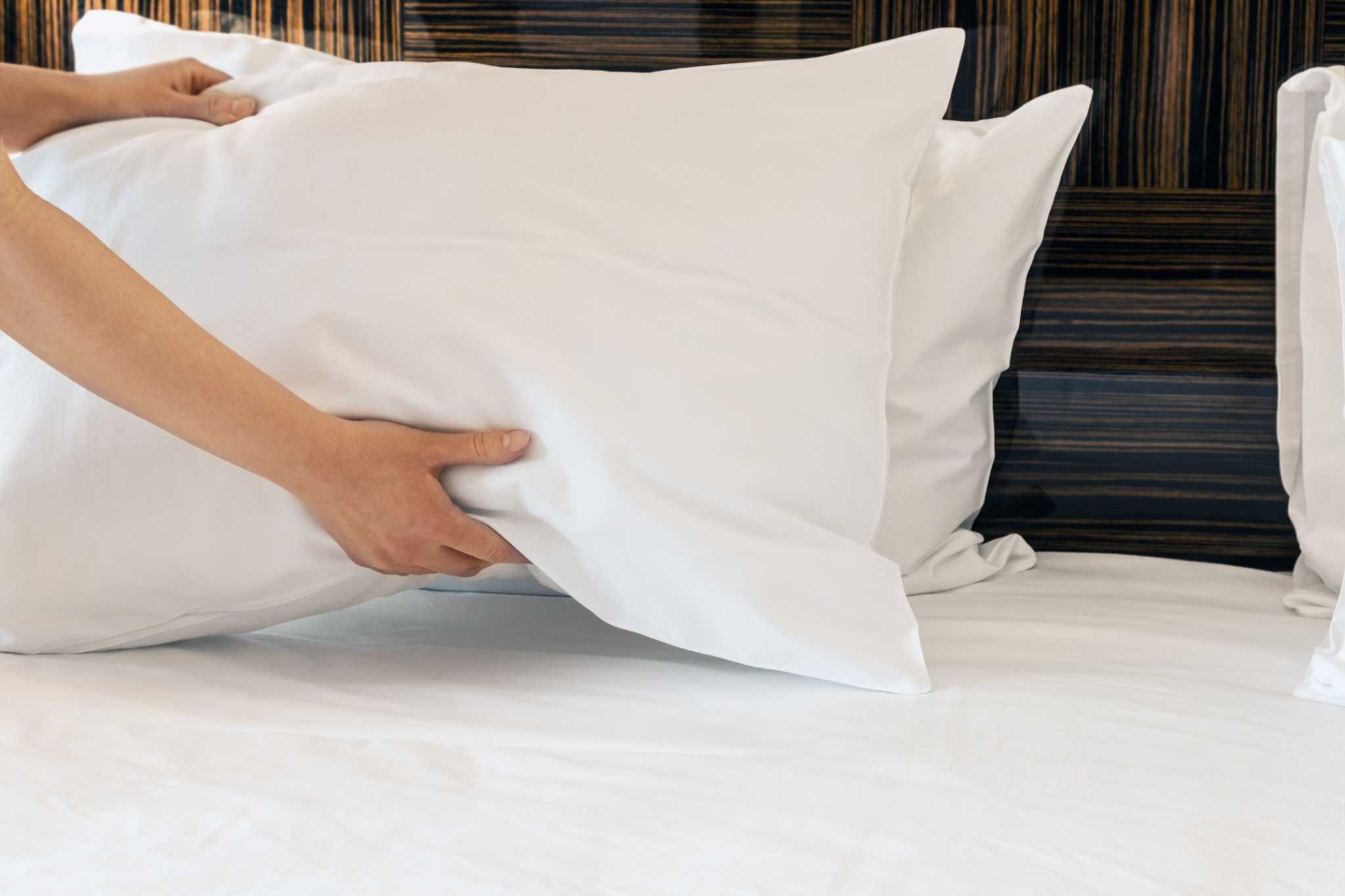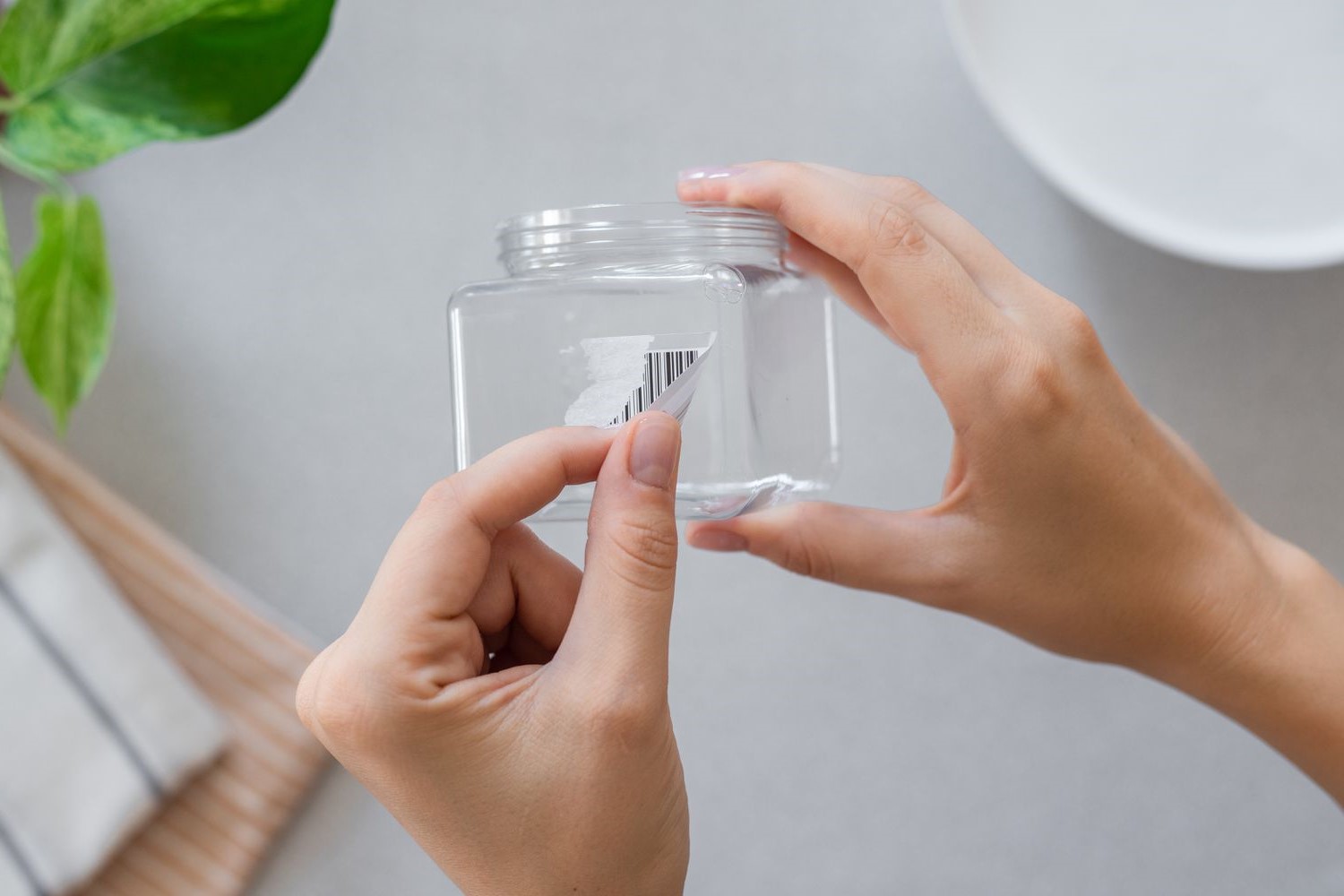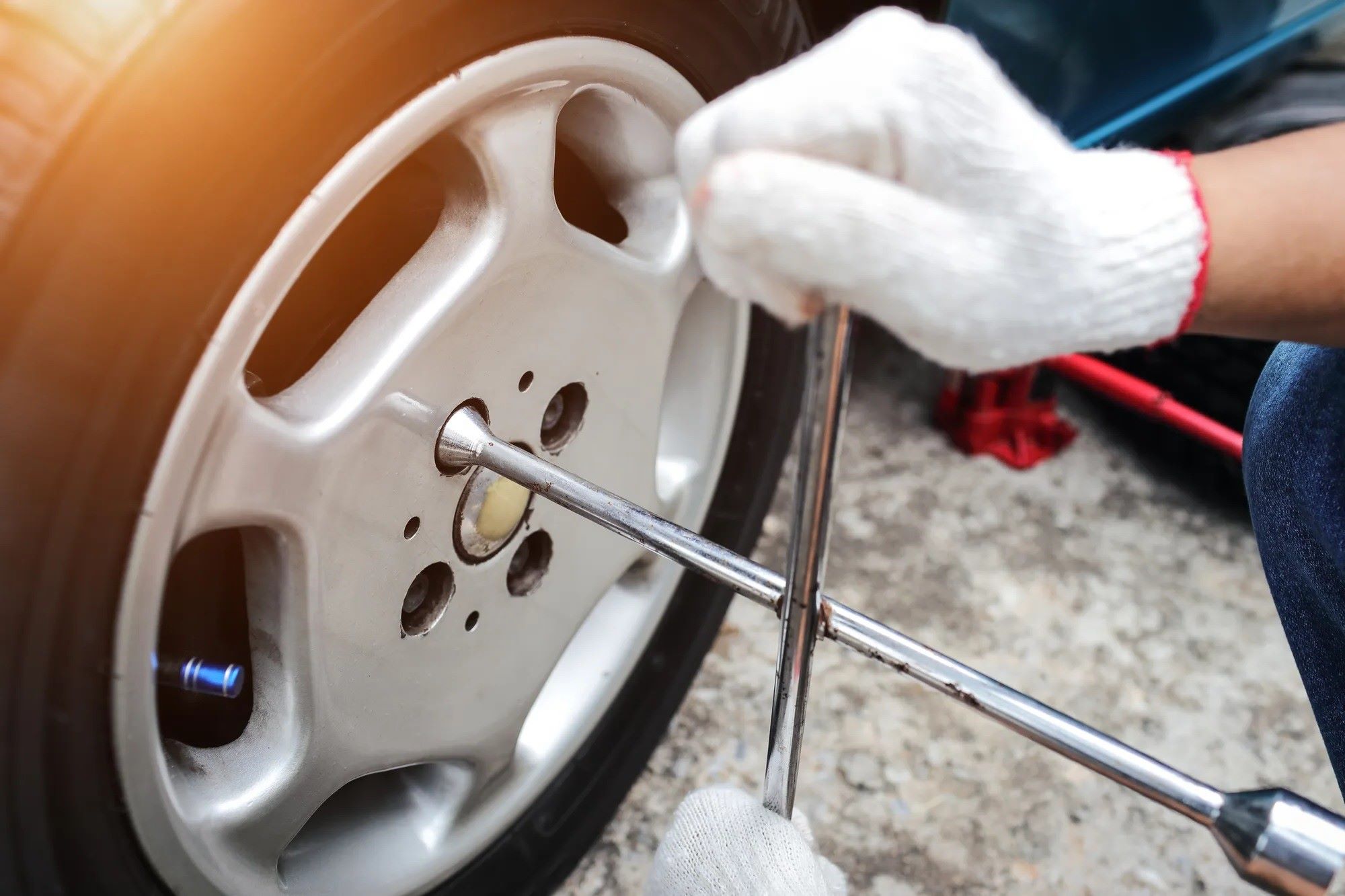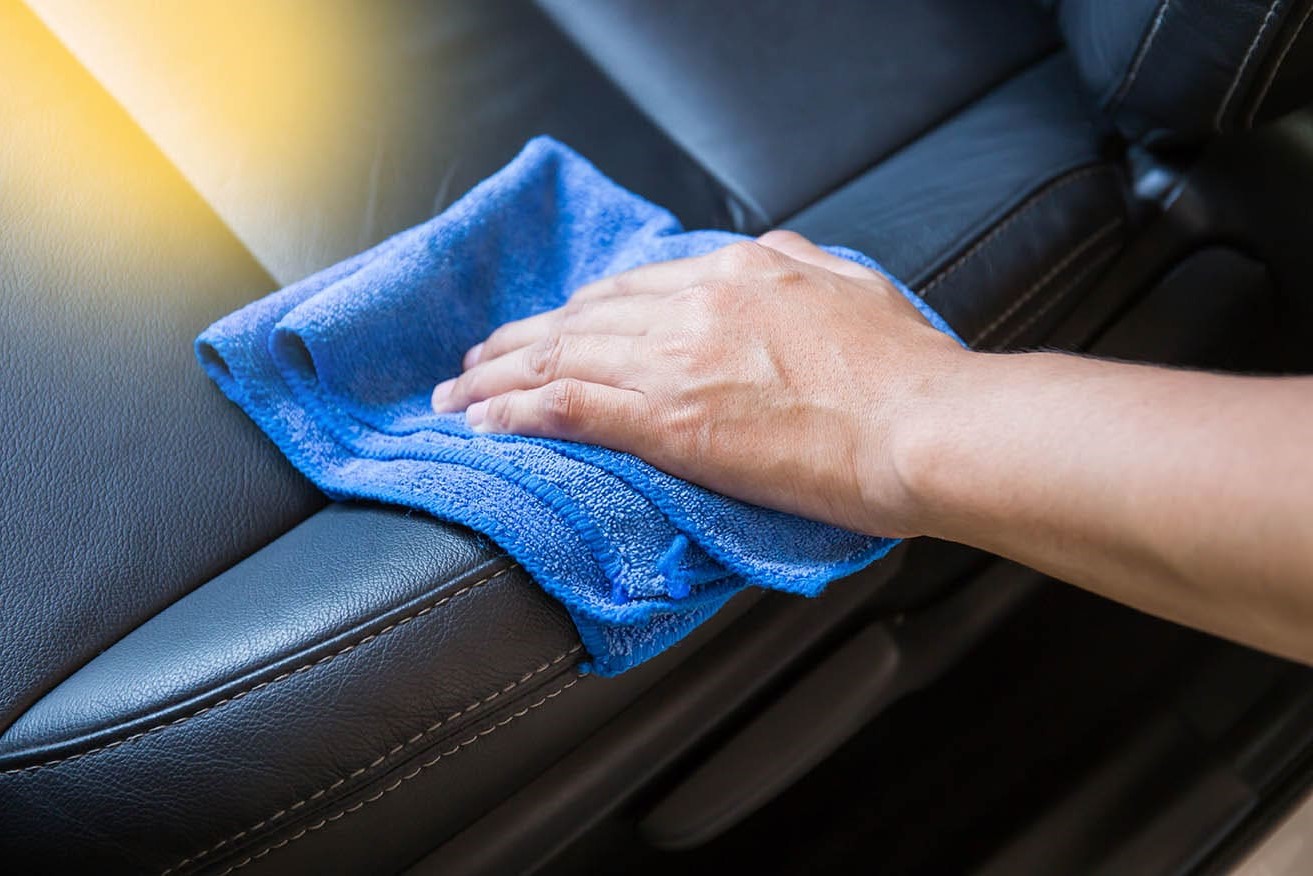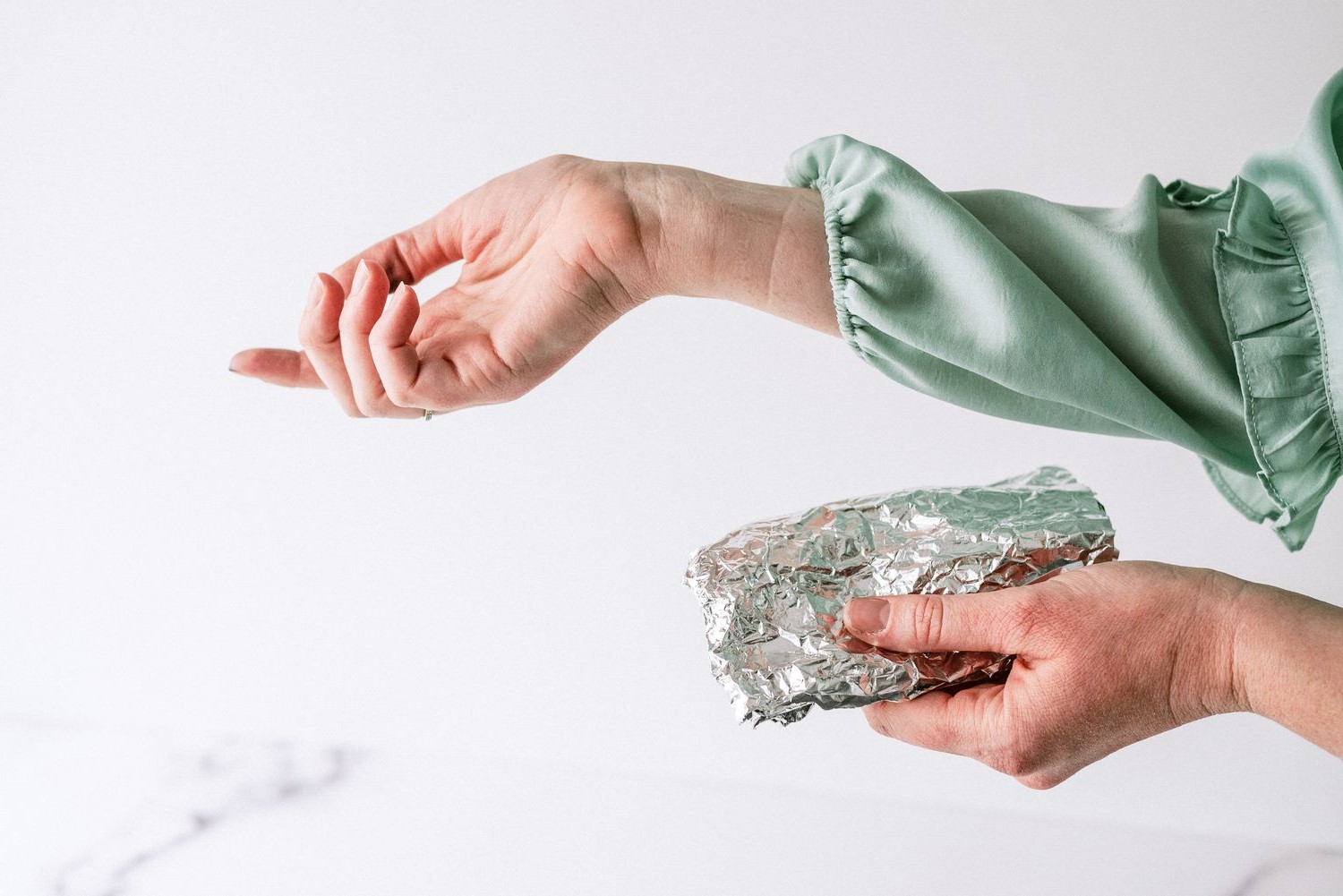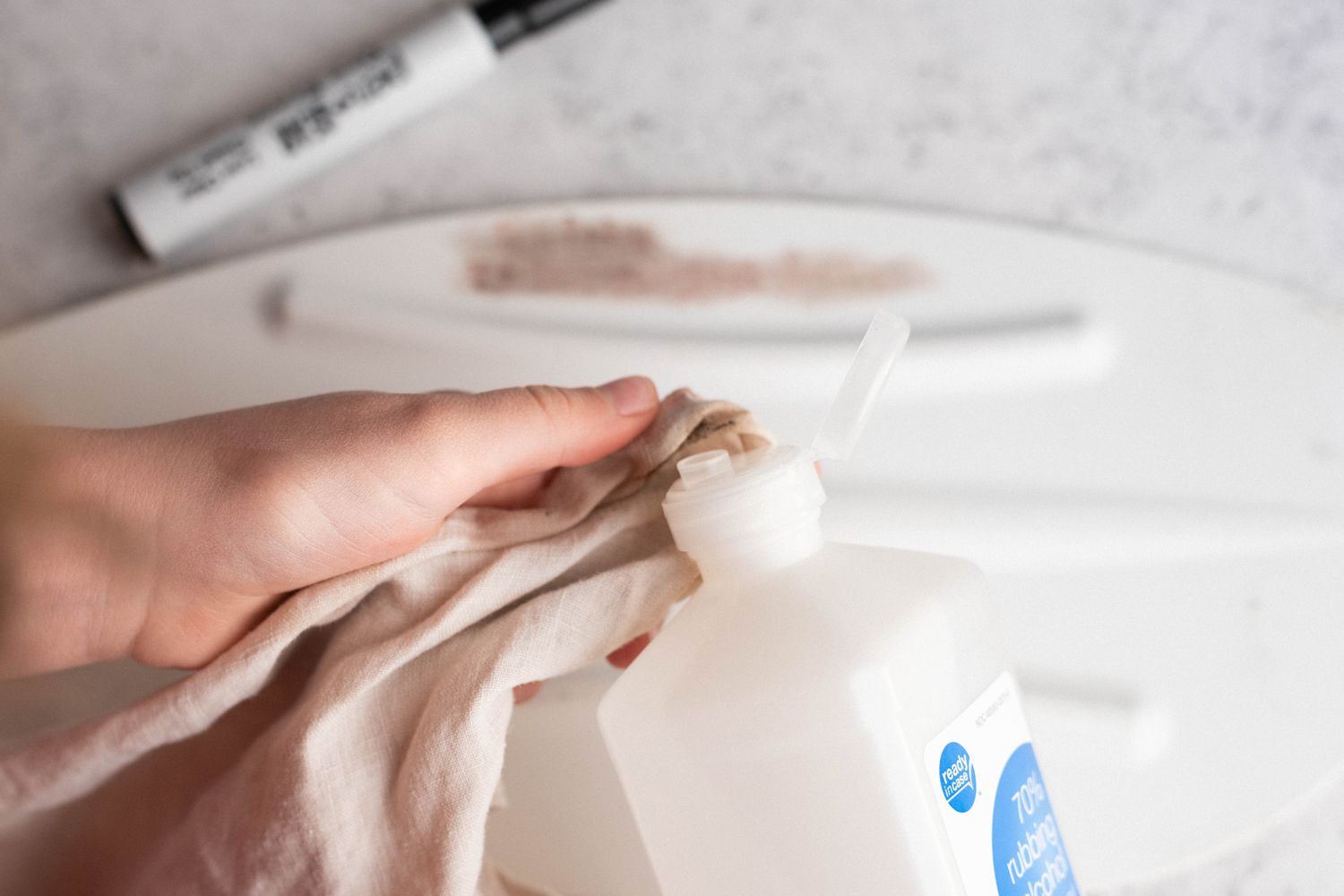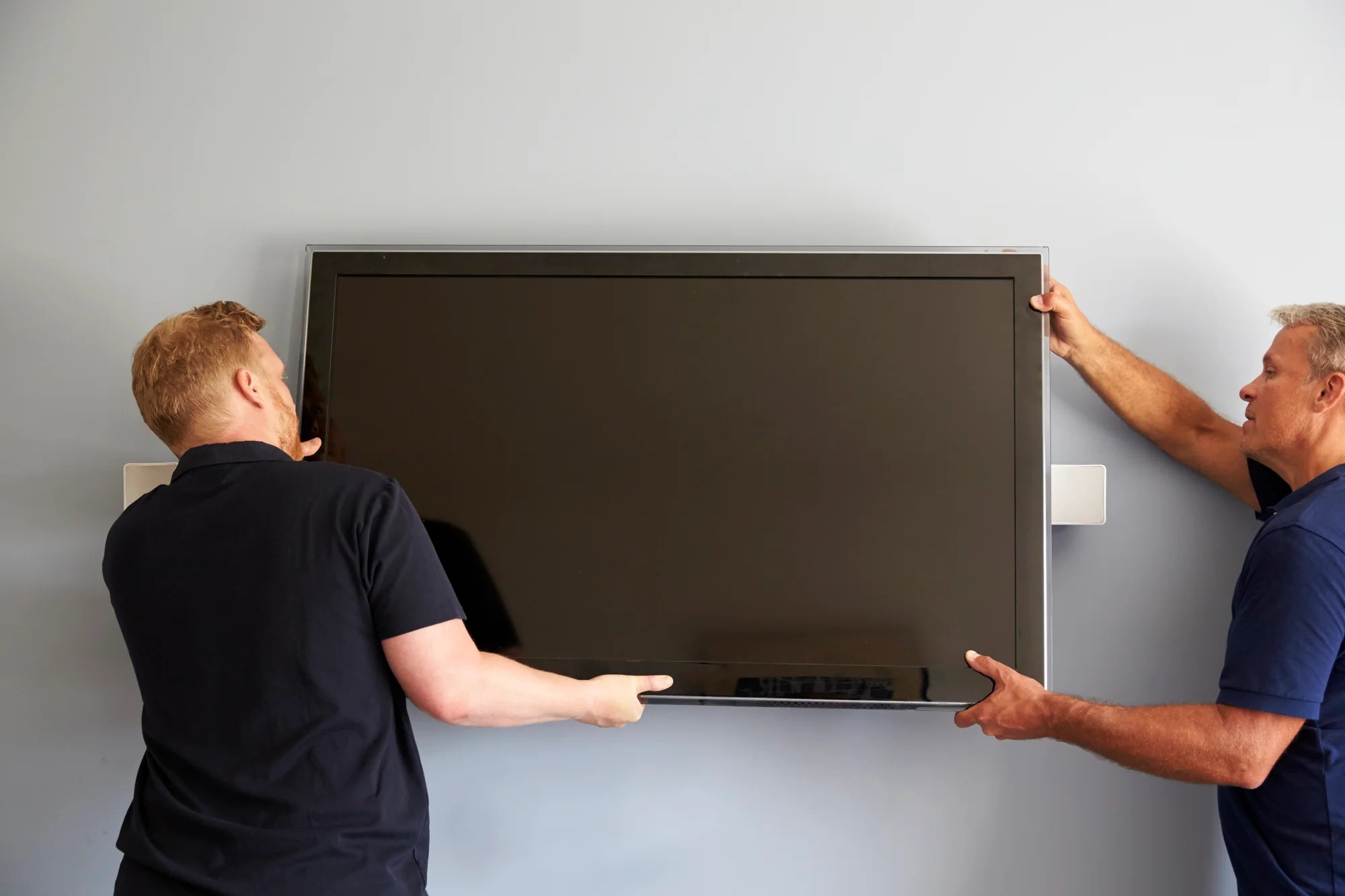Home>Automotive>How To Remove Mold From Your Car
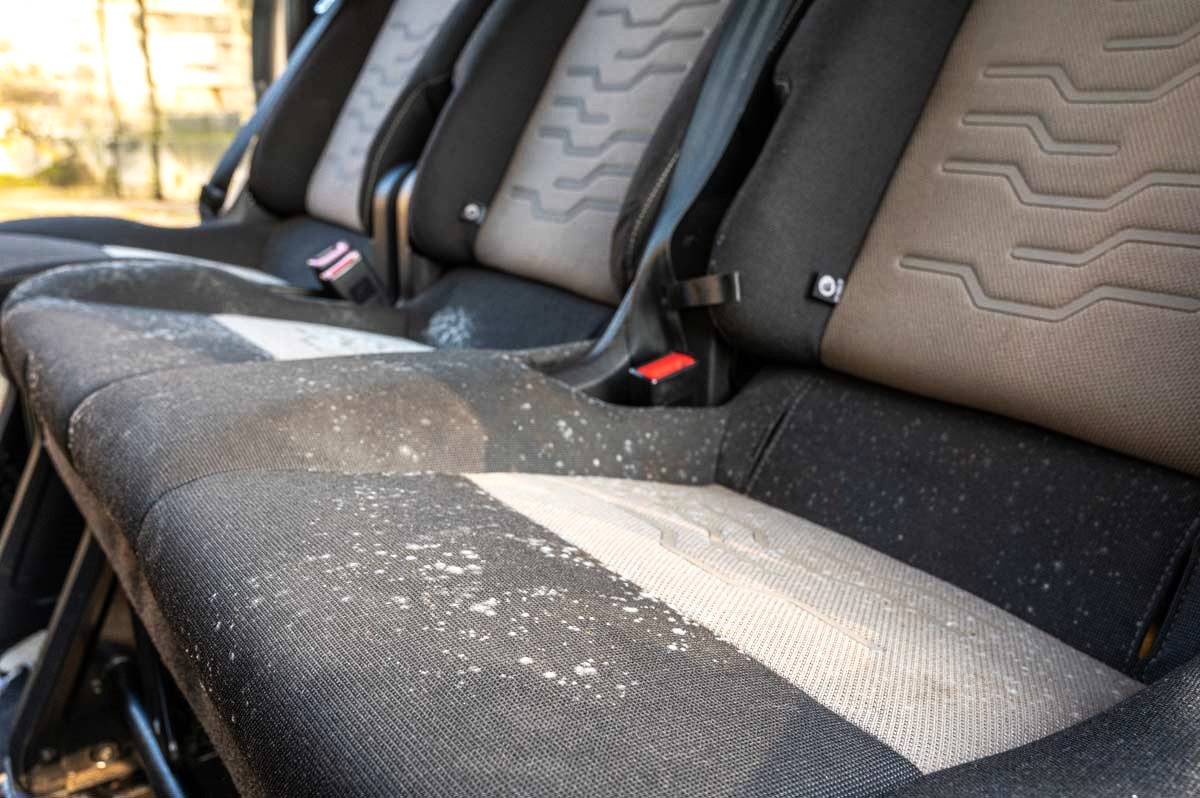

Automotive
How To Remove Mold From Your Car
Published: February 25, 2024
Learn effective methods to remove mold from your car with our expert automotive tips. Say goodbye to mold and keep your car fresh and clean.
(Many of the links in this article redirect to a specific reviewed product. Your purchase of these products through affiliate links helps to generate commission for Noodls.com, at no extra cost. Learn more)
Table of Contents
Introduction
Mold growth in a car can be a frustrating and unsightly issue for many vehicle owners. Whether it's due to a water leak, high humidity, or prolonged dampness, mold can quickly take hold in the interior of a car, causing unpleasant odors and potential health hazards. Fortunately, with the right tools, materials, and know-how, it's possible to effectively remove mold and prevent its return.
In this comprehensive guide, we will delve into the process of removing mold from your car, providing step-by-step instructions and valuable insights to help you tackle this common problem. Additionally, we'll explore the tools and materials needed for the job, as well as practical tips for preventing mold growth in the future.
By following the guidance outlined in this article, you can restore your car's interior to a clean and mold-free state, ensuring a fresh and healthy environment for both you and your passengers. Let's embark on this journey to reclaim the cleanliness and comfort of your beloved vehicle.
Read more: How To Remove Mold From Leather
Understanding Mold in Your Car
Mold is a type of fungus that thrives in damp, warm, and dark environments, making the interior of a car an ideal breeding ground. When moisture accumulates inside the vehicle, whether from a water leak, high humidity, or wet belongings, it creates the perfect conditions for mold to take hold.
The most common areas where mold can develop in a car include the carpeting, upholstery, headliner, and air conditioning system. These areas provide ample organic material for mold to feed on, such as dust, dirt, and food particles, further facilitating its growth.
Mold growth not only poses aesthetic concerns but also brings potential health risks. Exposure to mold spores can trigger allergic reactions and respiratory issues, particularly for individuals with sensitivities or pre-existing conditions. Additionally, the musty odor associated with mold can permeate the entire car interior, making for an unpleasant driving experience.
It's important to recognize the signs of mold in your car, which may include visible patches of mold on surfaces, a musty or damp odor, or allergic reactions experienced by passengers. Identifying and addressing mold growth promptly is crucial to prevent it from spreading and causing further damage to the vehicle's interior.
By understanding the environmental factors that contribute to mold growth in a car and being able to recognize its presence, you can take proactive measures to address the issue effectively. With this knowledge, you'll be better equipped to tackle the task of removing mold from your car and implementing preventive measures to maintain a clean and healthy vehicle interior.
Tools and Materials Needed
When it comes to removing mold from your car, having the right tools and materials at your disposal is essential for achieving effective results. Here's a comprehensive list of what you'll need to tackle the task of mold removal:
Tools:
-
Vacuum Cleaner: A powerful vacuum with various attachments, including a brush and crevice tool, is crucial for thoroughly cleaning the affected areas and removing loose mold spores and debris.
-
Soft-Bristled Brush: Use a soft-bristled brush to gently agitate and loosen mold from upholstery, carpeting, and other surfaces without causing damage.
-
Microfiber Cloths: These lint-free cloths are ideal for wiping and drying surfaces during the cleaning process, ensuring a thorough and streak-free finish.
-
Spray Bottle: Fill a spray bottle with a mixture of water and mild detergent or a specialized mold cleaner for applying to affected areas.
-
Protective Gear: It's important to prioritize safety when dealing with mold. Wear gloves, a mask, and protective eyewear to minimize exposure to mold spores and cleaning agents.
-
Steam Cleaner (Optional): A steam cleaner can be effective for sanitizing and removing mold from upholstery and carpeting, especially in hard-to-reach areas.
Materials:
-
Mold Cleaner: Choose a commercial mold cleaner specifically formulated for automotive use, or prepare a homemade solution using a mixture of water and mild detergent or vinegar.
-
Baking Soda: This natural deodorizer can help neutralize musty odors caused by mold and mildew.
-
White Vinegar: Vinegar is known for its natural antimicrobial properties and can be used to help kill and inhibit mold growth.
-
Hydrogen Peroxide: An effective disinfectant, hydrogen peroxide can be used to treat mold-infested surfaces and prevent regrowth.
-
Carpet Shampoo (If Needed): For heavily soiled or moldy carpeting, a specialized automotive carpet shampoo can help lift stains and odors.
-
Drying Agent: Silica gel or a moisture-absorbing product can aid in drying out damp areas and preventing future mold growth.
By ensuring you have these essential tools and materials on hand, you'll be well-prepared to embark on the process of removing mold from your car and restoring a clean and healthy interior environment.
Read more: How To Remove Mold From Shower Grout
Steps to Remove Mold from Your Car
-
Assess the Extent of Mold Infestation: Begin by thoroughly inspecting the interior of your car to identify all areas affected by mold. Check the carpeting, upholstery, headliner, and any other surfaces for visible mold growth, discoloration, or musty odors. This assessment will help you determine the scope of the cleaning task and prioritize the areas that require immediate attention.
-
Ventilate the Car: Before initiating the cleaning process, ensure proper ventilation by opening all doors and windows. This will help disperse any airborne mold spores and create a more breathable environment for the cleaning task ahead.
-
Vacuum the Affected Areas: Use a powerful vacuum cleaner with suitable attachments to thoroughly vacuum the affected areas, such as the carpeting, upholstery, and crevices where mold may be present. Pay close attention to seams, folds, and tight spaces, as these are common areas where mold can accumulate.
-
Brush and Agitate Moldy Surfaces: Employ a soft-bristled brush to gently agitate and loosen the mold from upholstery, carpeting, and other surfaces. Be cautious not to spread the mold further during this process, and ensure that the brush is suitable for the specific material being cleaned.
-
Apply a Mold Cleaner or Homemade Solution: Prepare a solution of water and mild detergent or utilize a commercial mold cleaner designed for automotive use. Spray the affected areas generously and allow the solution to penetrate the mold-infested surfaces. For stubborn mold growth, consider using a mixture of white vinegar and water or hydrogen peroxide to help kill and inhibit mold spores.
-
Steam Clean (Optional): If you have access to a steam cleaner, consider using it to sanitize and remove mold from upholstery and carpeting. The high-temperature steam can effectively penetrate and disinfect hard-to-reach areas, aiding in the removal of mold and its associated odors.
-
Dry the Interior Thoroughly: After cleaning, use microfiber cloths to dry the treated surfaces thoroughly. It's crucial to eliminate excess moisture, as dampness promotes mold growth. Consider using a drying agent, such as silica gel or a moisture-absorbing product, to aid in the drying process and prevent future mold infestations.
-
Deodorize the Interior: To combat any lingering musty odors, sprinkle baking soda on the carpeting and upholstery, allowing it to sit for a few hours before vacuuming it up. Baking soda is renowned for its natural deodorizing properties and can help neutralize unpleasant odors caused by mold and mildew.
By following these comprehensive steps, you can effectively remove mold from your car's interior, restoring a clean and healthy environment for your driving pleasure. Remember to prioritize safety by wearing protective gear and ensuring adequate ventilation throughout the cleaning process.
Preventing Mold Growth in Your Car
Preventing mold growth in your car is essential to maintain a clean and healthy interior environment. By implementing proactive measures, you can minimize the risk of mold infestations and preserve the condition of your vehicle's interior. Here are valuable strategies to prevent mold growth in your car:
-
Address Moisture Sources: Identify and address any sources of moisture in your car promptly. Whether it's a water leak, condensation, or wet belongings, moisture provides the ideal conditions for mold to thrive. Regularly inspect your car for signs of water intrusion, such as damp carpeting or a musty odor, and take necessary steps to resolve the issue.
-
Keep the Interior Dry: After rainy or humid weather, take proactive steps to dry out the interior of your car. Use absorbent materials or towels to blot and remove excess moisture from carpeting and upholstery. Leaving windows slightly cracked can also facilitate air circulation and help prevent the buildup of humidity.
-
Regular Cleaning and Maintenance: Implement a routine cleaning schedule for your car's interior, focusing on areas prone to mold growth. Vacuum the carpeting and upholstery, wipe down hard surfaces, and remove any debris or food particles that can serve as a food source for mold. Additionally, consider using a specialized mold-inhibiting spray or cleaner during your cleaning regimen.
-
Utilize Desiccants: Place desiccants, such as silica gel packets or moisture-absorbing products, inside your car to help control humidity levels. These desiccants can effectively absorb excess moisture from the air, reducing the likelihood of mold growth in enclosed spaces.
-
Proper Storage of Wet Items: If you transport wet or damp items in your car, ensure they are promptly removed and dried to prevent moisture from lingering in the interior. Consider using waterproof containers or bags to contain wet items and prevent them from affecting the surrounding surfaces.
-
Regular Air Circulation: Whenever possible, allow for adequate air circulation within your car. Park in well-ventilated areas, use sunshades to prevent excessive heat buildup, and consider using a solar-powered ventilator to promote air exchange and reduce humidity levels.
-
Monitor and Address Odors Promptly: Musty or damp odors in your car can be indicative of mold growth. If you notice any unusual odors, investigate the source and take proactive measures to address the issue. Utilize natural deodorizers, such as baking soda, to neutralize odors and maintain a fresh interior environment.
By incorporating these preventive measures into your car care routine, you can effectively mitigate the risk of mold growth and preserve the cleanliness and comfort of your vehicle's interior. Taking proactive steps to address moisture, promote air circulation, and maintain a clean environment will contribute to a mold-free and enjoyable driving experience.
Conclusion
In conclusion, addressing mold growth in your car is a crucial aspect of vehicle maintenance and ensuring a healthy interior environment. By understanding the factors that contribute to mold infestations, equipping yourself with the necessary tools and materials, and following a systematic approach to mold removal, you can effectively restore your car's interior to a clean and mold-free state.
The process of removing mold from your car involves thorough assessment, ventilation, cleaning, and drying, accompanied by preventive measures to inhibit future mold growth. By diligently following these steps and utilizing the recommended tools and materials, you can successfully combat mold infestations and prevent their recurrence.
Furthermore, the proactive implementation of preventive strategies, such as addressing moisture sources, maintaining interior dryness, regular cleaning and maintenance, and promoting air circulation, is essential for safeguarding your car against mold growth. By integrating these measures into your car care routine, you can minimize the risk of mold infestations and preserve a fresh and inviting interior environment for your driving pleasure.
It's important to prioritize safety throughout the mold removal process by wearing protective gear and ensuring adequate ventilation. Additionally, seeking professional assistance may be necessary for extensive mold infestations or persistent issues.
Ultimately, by taking a proactive approach to mold prevention and promptly addressing any signs of mold growth, you can uphold the cleanliness, comfort, and overall well-being of your car's interior. With the knowledge and insights gained from this guide, you are well-equipped to tackle mold infestations effectively and maintain a mold-free environment within your vehicle.
By implementing the recommended strategies and remaining vigilant against moisture and mold, you can enjoy a clean, fresh, and inviting car interior, free from the unsightly and potentially harmful effects of mold growth.
